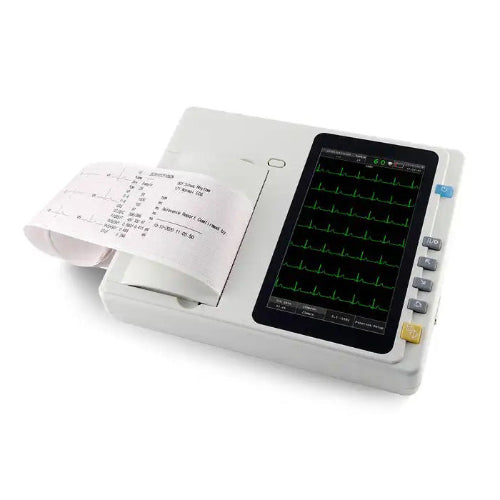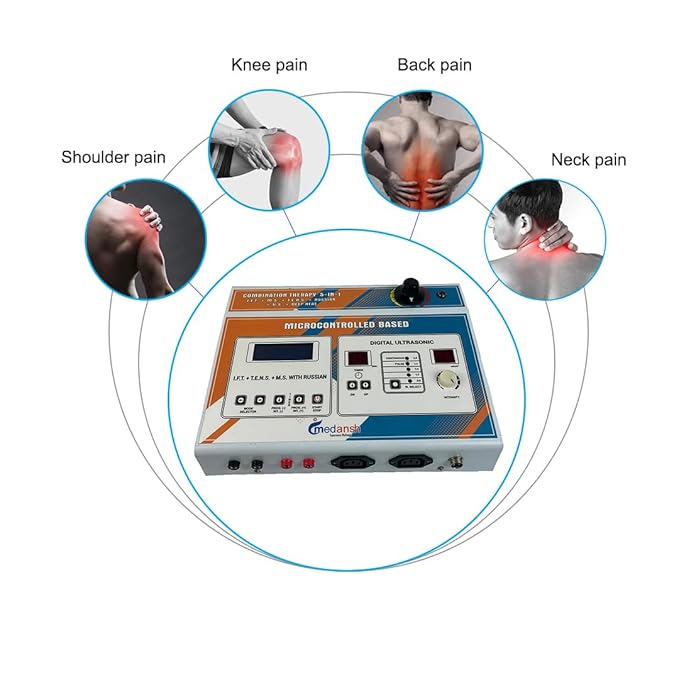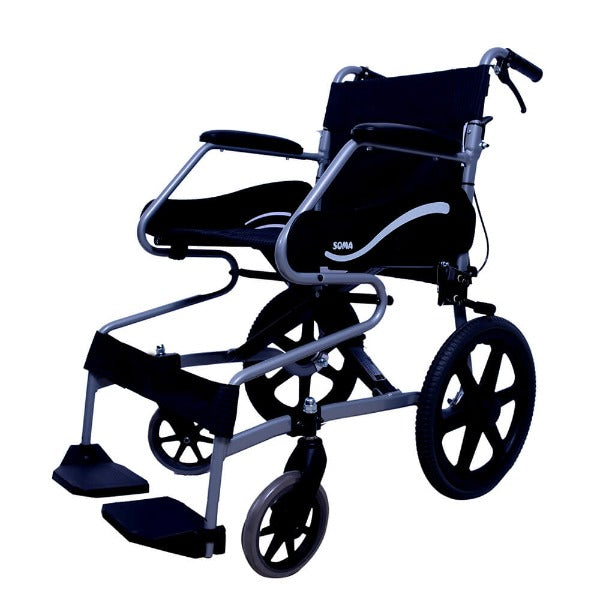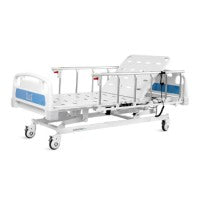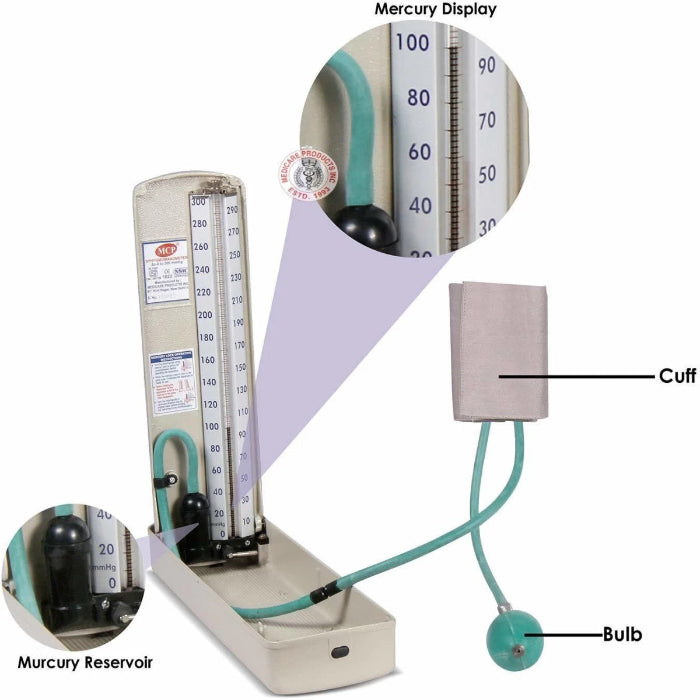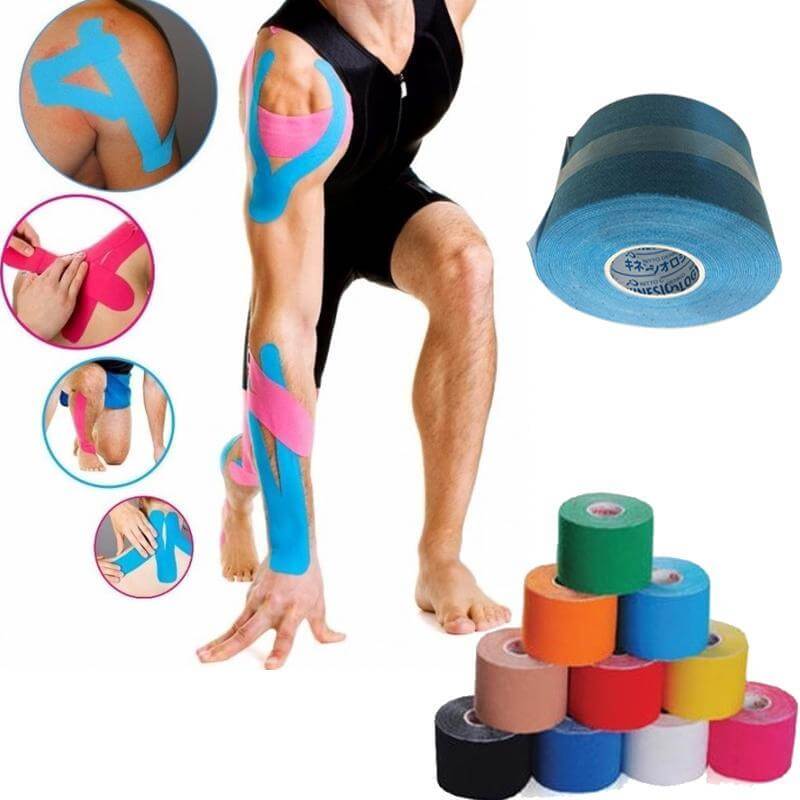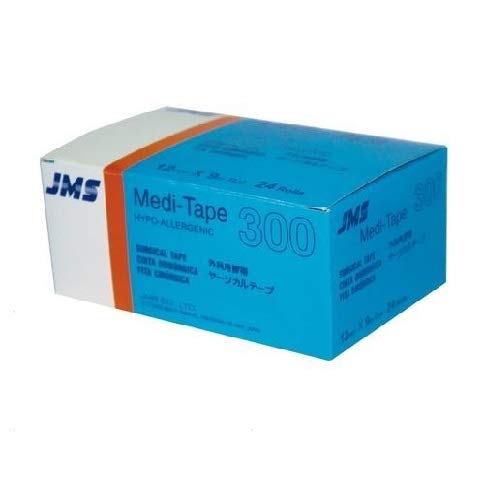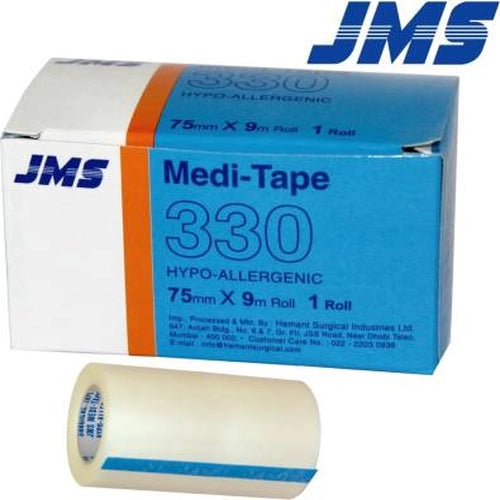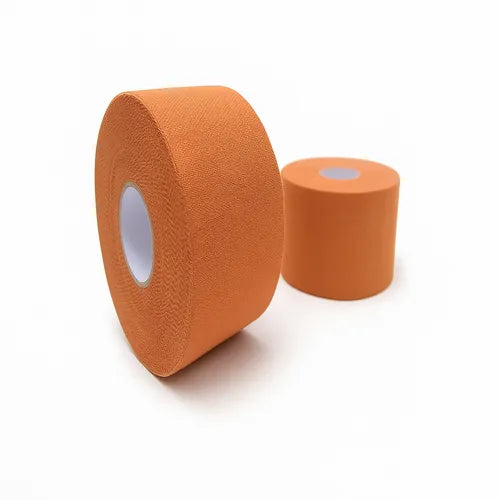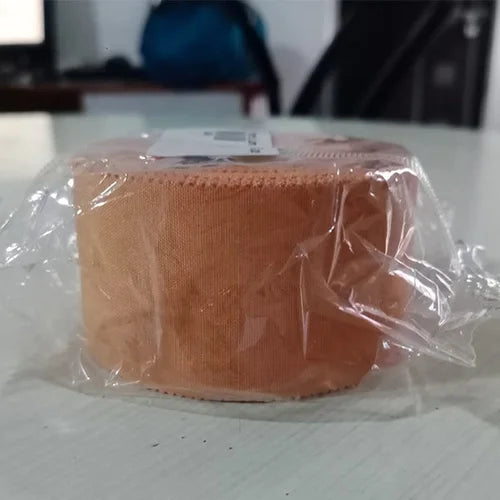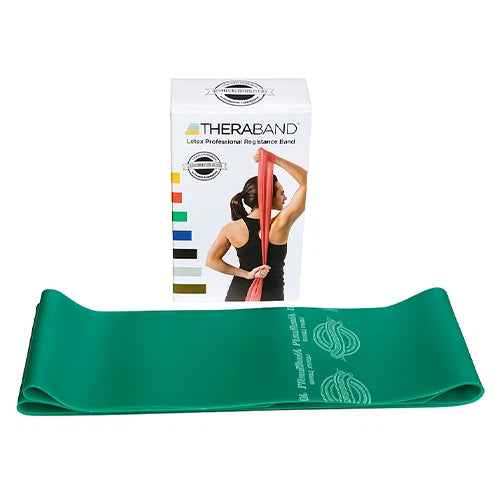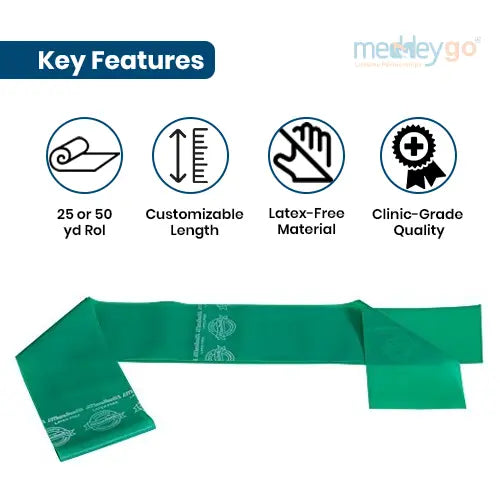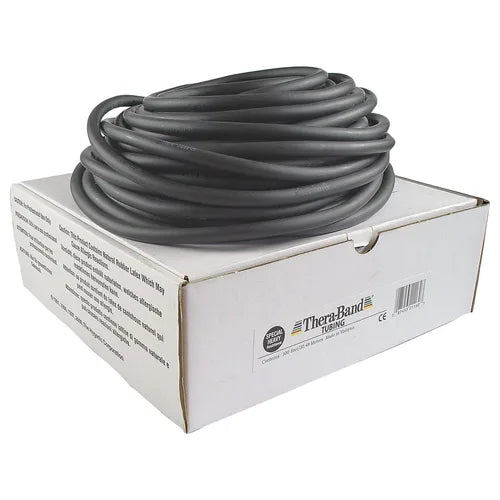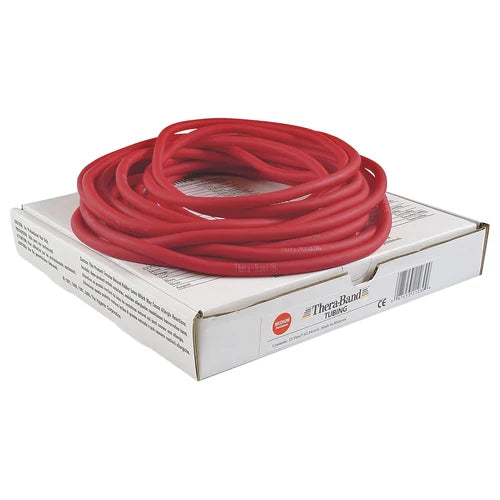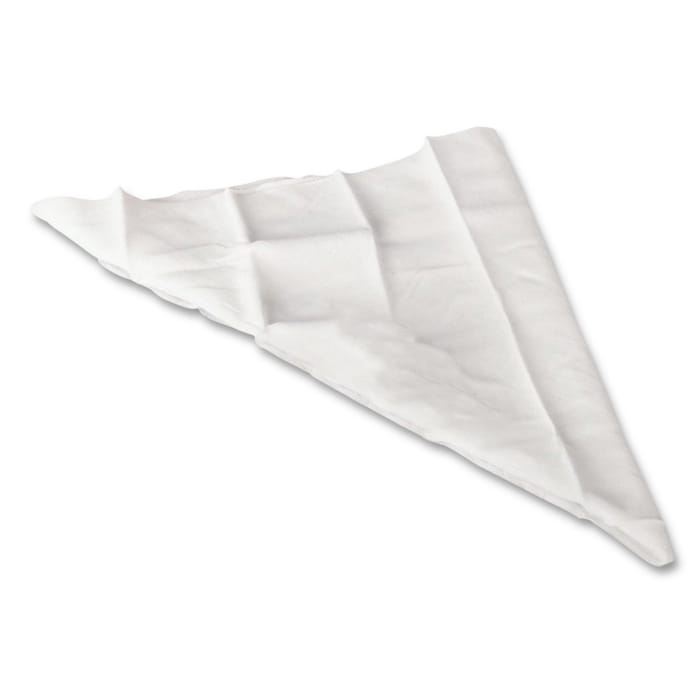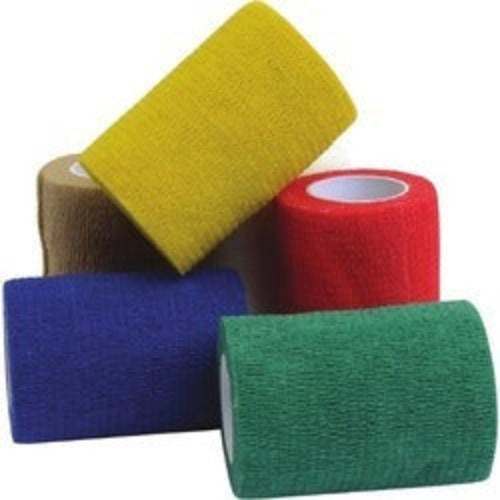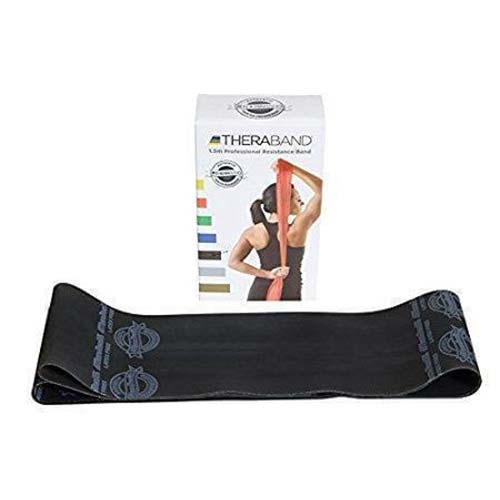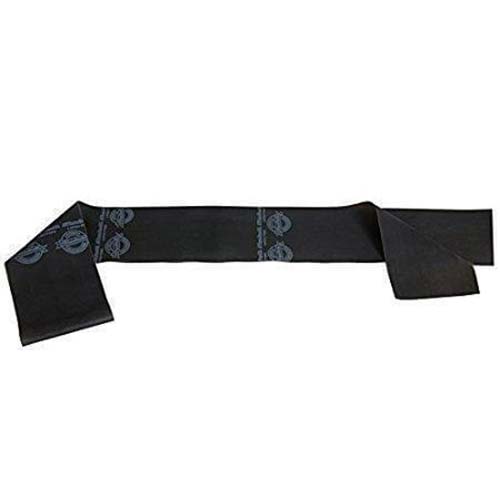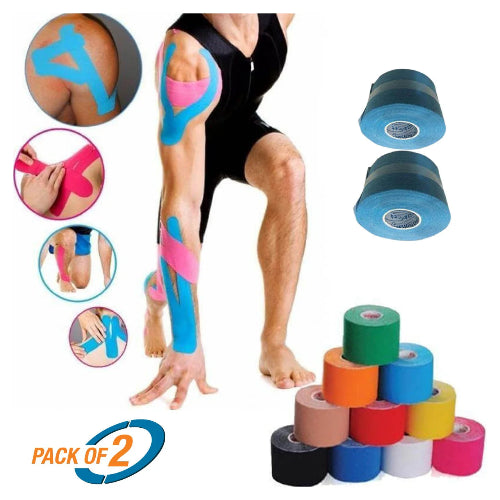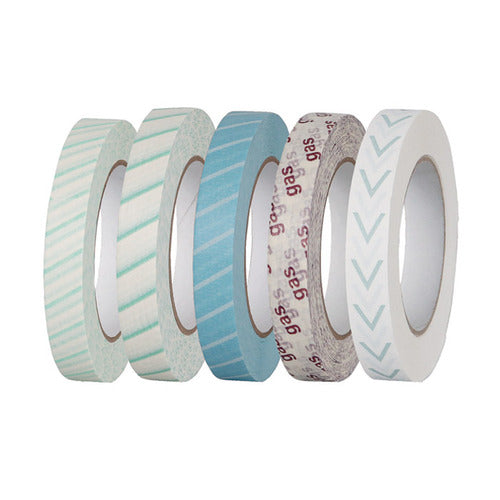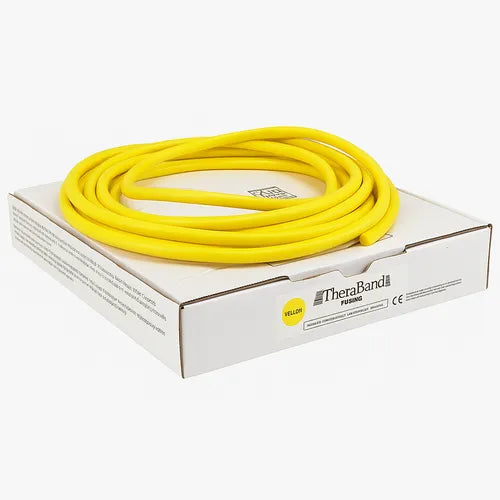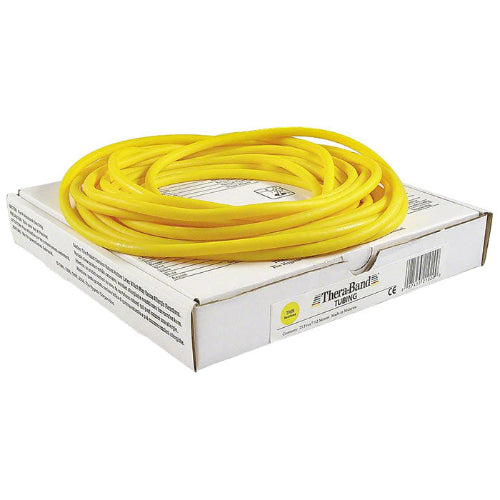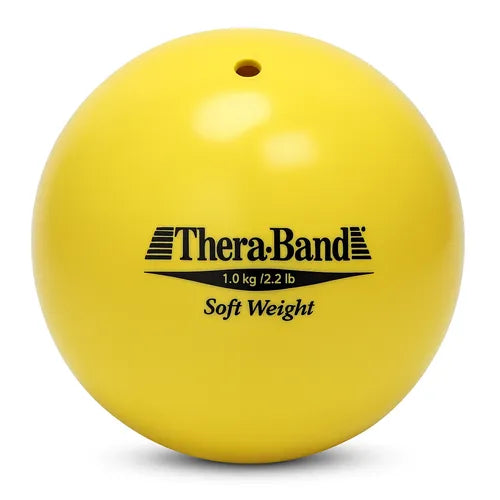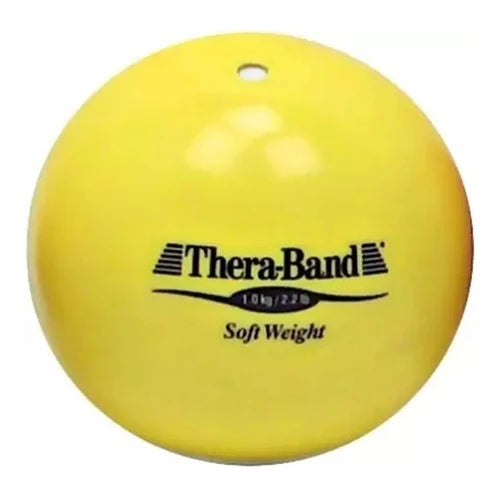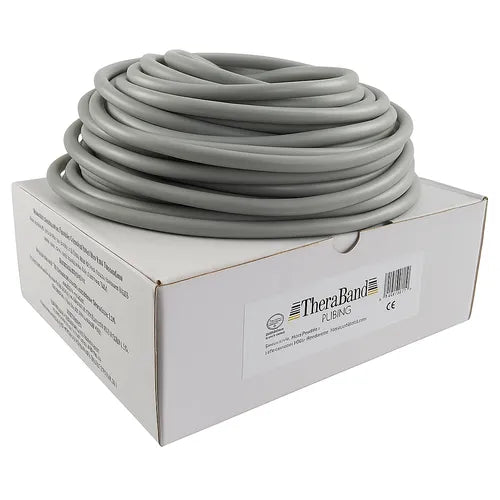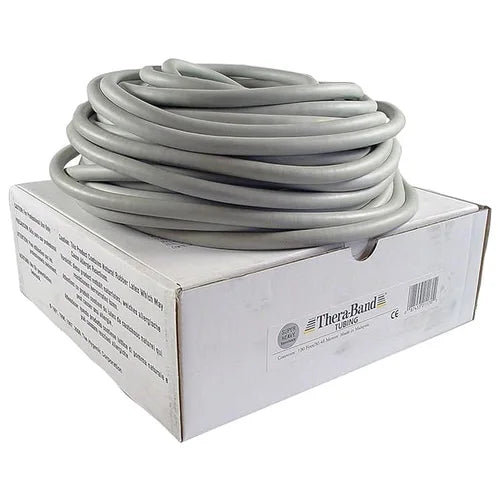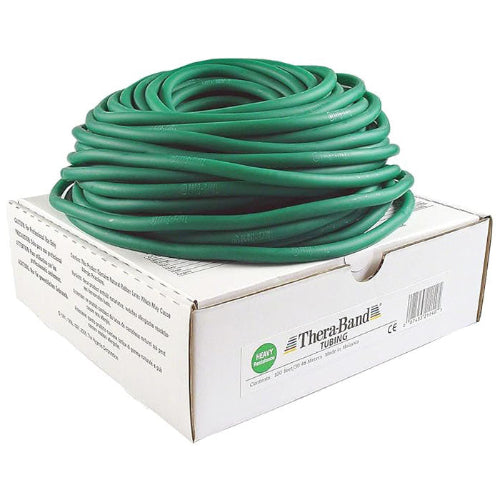Filter
85 products
Type: Tapes & Bandages
Generic Kinesio Athletic Sports Kinesiology Tape - 5m x 5cm
Type: Nursing
JMS Medi Tape Micropore Dressing
Type: Tapes & Bands
Premium Rigid Tape
Type: Tapes & Bands
Original Theraband Resistive Band Latex free - Green - 1.5m from Theraband USA
Type: Tapes & Bands
Original Theraband Black Tubing Set Roll
Type: Tapes & Bands
Original Theraband Red Tubing Set Roll
Type: Tapes & Bandages
Triangular Bandage 130cm x 90cm (Pack of 20)
Type: Tapes & Bandages
Cohesive Tape 5 Yards Length
Type: Tapes & Bands
Original Theraband Resistive Band Latex free - Black - 1.5m from Theraband USA
Type: Tapes & Bandages
Generic Kinesio Athletic Sports Kinesiology Tape - 5m x 5cm - Pain Relief in Sports (Pack of 2)
Type: Tapes & Bands
ETO Indicator Tape 50 Mtr
Type: Tapes & Bands
Original Theraband Yellow Tubing Set Roll
Type: Tapes & Bands
Original Theraband Soft Weight Medicine Ball 1 Kg Yellow
Type: Tapes & Bands
Original Theraband Silver Super Heavy Tubing Set Roll
Type: Tapes & Bands
Original Theraband Green Tubing Set Roll
Collection:
Tapes & Bands
Tapes & Bands – Strength, Support & Stability for Every Athlete and Fitness Enthusiast
In sports rehab and fitness, simple tools can do big things. Tapes bands such as Therabands and other resistive bands guide motion, reduce strain, and build strength. Compact and easy to learn, these aids travel anywhere; moreover, rigid tape adds firm joint support when play is intense. Beyond convenience, targeted joint support protects muscle function and improves control. With less pain and more stability, training becomes safer. However, the right choice depends on your goal, your body, and your session plan.
Why these tools matter
Drugs may dull pain; they do not teach better movement. By contrast, tapes and bands give feedback you can feel. Used well, these cues support, resist, and guide. As a result, every rep becomes a lesson for your nervous system. Moreover, the cost is low and the setup is fast. Finally, the format fits daily life at home, in clinics, and on the field.
Key categories at a glance
Kinesiology tape lifts skin to improve glide. Athletic tape limits risky range. Rigid Tape adds firm support when you need a strong stop. Cohesive bandage sticks to itself for quick wraps. Elastic bandage gives gentle compression after sport. Loop bands train hips and shoulders with simple steps. Therabands offer graded resistance in vivid colors. Resistive Bands describe the function these bands deliver in every set. furthermore, the mix lets you plan support and strength in one kit.
Therabands and other band types
Therabands are flat, stretchable strips that train the whole body. You can anchor them under the foot, in a door, or to a post. Light levels suit rehab. Heavy levels build power. Color codes help you progress step by step. consequently, choose a level that lets you move with form. Resistive Bands guide your plan by offering the load your joints can handle today. Use slow reps and smooth control. Keep breathing steady. meanwhile, stop if you feel sharp pain.
Mini loop bands target hips, knees, and ankles. They help correct knee cave and hip drop. They wake up the glutes before running or lifting. additionally, place the loop above the knees for squats and walks. Keep the feet stable and the knees in line. Raise the challenge by slowing the tempo. Resistive Bands is a term many coaches use, and it matches the purpose of these tools.
Tube bands with handles suit rows, presses, and pulls. They mimic cable moves without heavy gear. You can train push and pull days anywhere. nevertheless, check the door anchor and the clip before you start. Stand tall, brace your midline, and keep wrists straight. Therabands give you clear progress markers across levels. They also pack small, so travel training becomes easy.
Taping options and when to use them
Kinesiology tape is flexible. It moves with skin and muscle. It may ease the feel of strain and guide motion. Lay it with no stretch for lymph use. Add light stretch to cue posture. thus, keep the skin clean and dry. Rub the surface to set the glue.
Athletic tape offers firm, stiffer support. During short periods, it deliberately limits range. In games, that quick control helps when time is tight. For comfort, apply a layer of pre-wrap first. Before use, test a small patch to avoid skin irritation. After play, replace any tape that is wet or loosened. Finally, never wrap so tightly that skin becomes numb, pale, or cold.
Rigid Tape is the firm option. It creates a stable block to limit motion. Use it for ankles that roll or wrists that bend too far. Layer it in strips in a cross or stirrup style. however, do not overuse it, since joints also need to learn to move well. Save it for drills or matches that demand it. Pair it with skill work so the brain learns safe patterns.
Cohesive wrap is fast. It clings to itself, not skin. It is great for quick fixes and for holding pads. Stretch it, lay it, then press to lock. therefore, keep scissors handy to remove it without tugging hair.
Elastic bandage gives even pressure. It can lower swelling after effort. Wrap from distal to proximal with gentle tension. Leave room for blood flow. moreover, check color and warmth in fingers or toes after a wrap.
Safety and skin care
Clean skin improves stick and comfort. Shave long hair if needed. Dry the area well. Use pre-wrap or a barrier spray for sensitive skin. Remove tape slowly, peeling back on itself. furthermore, an oil or warm water helps release glue. Let the skin rest between long taping days. Rotate sites for bands to avoid irritation.
Programming with bands
Bands load the full range. They are light at the start and heavier at the end. This matches how many joints gain leverage through motion. Plan three to four sets of eight to fifteen reps. Rest for one minute. Keep tempo smooth. consequently, track how the last two reps feel. If they stay crisp, move up a color. If they break form, step down. Therabands make this jump simple because levels are clear. Resistive Bands is the phrase many rehab pros use to label this kind of work.
Upper body ideas include rows, presses, pull-aparts, and face pulls. Lower body plans include squats, monster walks, deadlifts, and hip hinges. Core drills include anti-rotation presses and dead bugs. meanwhile, blend two or three moves in a circuit. Keep sessions short at first. Add volume as you adapt. Therabands help beginners feel safe, yet they still challenge advanced users with heavy grades.
Mobility and motor control
Bands assist stretches and active range drills. Use a strap hold for hamstrings and calves. Loop under the foot and pull gently. Hold for short waves of time while breathing slowly. additionally, finish each stretch with a light set of the target muscle. That helps the body keep the new range. Therabands add just enough load to wake the system without strain.
Motor control needs clear cues. Light tension can nudge a joint into good lines. Place a band to pull the knee in. Then press out to align. Place it to pull the arm across. Then set the shoulder blade back and down. nevertheless, start with low force to build pattern quality. Resistive Bands naming tells your team what the goal is on each set.
Sport specific use cases
Runners benefit from hip loops, which build stride control and reduce knee cave. Additionally, glute activation before runs improves stability and form. On the field, ankle taping can cut down sprains during sharp cuts and stops. Moreover, quick re-wraps between halves keep support consistent. In racket sports, forearm bands and wrist taping help protect tendons under repeat swings. Furthermore, light band prep primes the shoulder for overhead shots. Therefore, always match the tool to the task and the session goal. Use Rigid Tape when you need a decisive stop on risky joint motion. Meanwhile, choose Therabands for high-rep prep sets and smooth finishers. Finally, blend both methods with sound technique so strength and skill grow together.
Common mistakes to avoid
Using too much stretch on tape can cause skin stress. Skipping skin prep reduces hold. Choosing a band that is too heavy ruins form. Rushing through reps cuts motor learning. instead, write a simple plan and follow it. Warm up. Move with intent. Note how the joint feels twenty four hours later and adjust.
Progression road map
Start with easy levels and learn shapes. Then add reps. Next, add sets. Later, slow the lowering phase. Finally, move up a color or tension. however, add single-leg and single-arm moves for balance. Use Therabands to keep steps clear, since colors mark the climb. When needed, use Rigid Tape to set safe limits during a return to play.
Care, storage, and lifespan
Keep bands away from sun and sharp edges. Wipe off sweat and dust. Store them in a cool bag. Check for cracks or thin spots. Replace at the first sign of tearing. therefore, roll tapes and bands neatly so you can grab the right tool fast. Mark dates on rolls to track age. Therabands are easy to sort because the colors cue strength.
Who should use what
Beginners can start with light Therabands for full body moves. Intermediates can add medium levels for balance work and pulls. Advanced users can stack bands for power or speed work. Clinicians can mix tape types by session goal. moreover, use flexible tape to cue and firm tape to stop risky motion. Teams should keep a taping kit and a band kit at hand. This makes setup smooth and saves time.
Buying guide and value
Look for skin-safe glue, clean edges, and clear guides in tape. For bands, check the stretch curve and grip feel. A starter set should include light to heavy levels. A taping kit should include pre-wrap, scissors, and Rigid Tape for key joints. furthermore, do not chase low price alone. Seek proven brands and responsive support. Therabands often come with charts that keep your plan on track. Resistive Bands is a phrase you may see in specs. It points to the band’s core job: to resist.
Quick how-to steps
Warm up the area. Measure the strip with no stretch. Round corners to reduce peel. Lay the anchor gently. Stretch the middle as the method requires. Smooth the ends with no pull. consequently, wait thirty minutes before heavy sweat. For bands, set stance, brace, and breathe. Move through the full range with steady speed. Pause at the end points. Control the return.
Real world mini-plans
Return-to-run hip plan: loop walks, hip hinges, and single-leg balance. Overhead day prep: pull-aparts, face pulls, and external rotations. Ankle support block: figure eight with Rigid Tape, calf raises, and balance holds. meanwhile, keep notes and review weekly. Use colors and levels to guide steps. Therabands make progress easy to see.
When to seek help
See a clinician if pain is sharp, numbness spreads, or swelling grows. Ask for help if taping causes rash. Get a plan if you have a long injury history. additionally, a few visits can save months of guesswork. Pros can set tape angles and progressions. They can test strength and range and adjust the load. Resistive Bands appears in many clinic notes because bands are a main tool there.
Training Blueprint
Foundation & Form
- Begin with a short warm-up that raises body heat and focus.
- Practice two lower-body moves and two upper-body moves each day.
- Use light tension that lets every rep look clean and steady.
- Rest one minute between sets to keep form crisp and safe.
- Hold each end point for one second to improve control and feel.
- End with breathing drills and an easy walk to cool down.
Volume & Consistency
- Keep the same movement shapes and add a little volume.
- Add one set per move and keep the tempo smooth and even.
- Stay aware of joint lines and stop a set before sharp discomfort.
- Note sleep, energy, and stress in a small daily checklist.
Control, Posture & Stability
- Raise the challenge with slower lowering and stable posture.
- Count to three on the way down and avoid sudden jerks.
- Keep the trunk tight and let shoulders and hips guide the path.
- If grip tires early, loop the band around the palm for support.
- Finish each day with light mobility and a few balance drills.
Power, Review & Care
Power & Quality
- Add power intent with fast but clean concentric moves.
- Push hard through the band, then control the return phase.
- Limit total sets to avoid heavy fatigue and keep quality high.
Review & Recovery
- Test one rep-range bump at the end of the week.
- Write a summary of wins, limits, and next steps in plain words.
- On non-training days, take a brisk walk or an easy cycle.
- Drink water, eat protein-rich meals, and sleep on a steady schedule.
Taping, Gear, and Maintenance
- Protect skin with a simple barrier spray before any taping session.
- Clean handles and anchors after use to keep gear in good shape.
- Store bands rolled and dry so the material lasts longer.
- If a band shows cracks or thin spots, replace it at once.
- Keep scissors, wraps, and wipes in a small kit bag for travel.
- Schedule a monthly check with a coach or clinician for progress.
- Use video on a phone to review form and posture after sets.
- Share results with your team so support stays strong and active.
Pairing, Safety & Mindset
- Pair band days with light runs or easy rides for total fitness.
- Pair taping days with skill drills that build safe joint lines.
- Make each change small, then review feedback from the body next day.
- Aches that fade with motion are common, but sharp pain is not—stop and seek help if a joint swells or a limb goes numb.
- Breathing matters; keep a smooth tempo in and out on reps.
- Focus on calm eyes and a tall stance for better rhythm.
- Keep gear simple so sessions start fast and end on time.
- Write goals for the week and tick them off after workouts.
- Celebrate small wins and move forward with patience and care.
FAQs
Can bands build real strength? Yes. They create tension through the whole path. Pair them with bodyweight or weights. nevertheless, keep reps slow to feel control.
Do tapes fix injuries?
No. They guide and protect while you train.
Will tape weaken joints?
No, when used with good training. thus, problems arise only when tape replaces smart practice.
How long can I wear tape?
Up to three to five days if skin allows.
Can I use bands daily?
Yes, if you vary load and focus. Therabands suit this plan because levels make it simple to adjust.
What is the best starter kit?
Pick a light, a medium, and a heavy band.
What is the best taping kit?
Pick pre-wrap, one flexible roll, and Rigid Tape. furthermore, always add scissors and wipes for quick cleanup.

